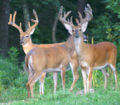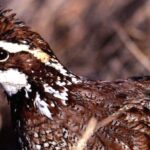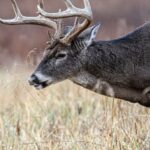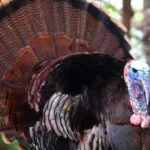 Editor’s Note: What can you plant in a green field in the woods to produce bucks with larger antlers and bigger bodies? Do some green field plantings work better than others? Dr. Grant Woods, a wildlife researcher from Readsville, Missouri, has sought answers to these efficient green fields that produce bigger and healthier deer.
Editor’s Note: What can you plant in a green field in the woods to produce bucks with larger antlers and bigger bodies? Do some green field plantings work better than others? Dr. Grant Woods, a wildlife researcher from Readsville, Missouri, has sought answers to these efficient green fields that produce bigger and healthier deer.
According to Woods, “There are four characteristics every food plot should have to produce the optimum amount of high-quality nutrition to grow bigger and better deer, including:
* high production. A quality food plot will produce a tonnage of digestible forage for deer. Every food plot owner needs as his goal that he plants crops that produce the most high-quality deer food over the longest time;
* palatability. Regardless of how much tonnage you grow, the food plot will have little effect on the deer if the deer don’t eat the forage;
* digestibility. If the deer eat the plants you grow but the food doesn’t stay in their bodies, then all your  efforts and dollars invested have little value. Ideally, if a buck eats 10 pounds from a food plot planting, we’d like to see him absorb and maintain the nutrients from 7 pounds or more of the food eaten. A deer only should lose the nutrients from 3 pounds or less. But the nutrients from the food the deer eats won’t remain in its body, unless that food is highly digestible. For example, often the deer that yard-up in New York during the winter months must eat hemlock. They’ll expend more energy eating and digesting the not-easily-digested hemlock than they actually get from the hemlock plant itself.
efforts and dollars invested have little value. Ideally, if a buck eats 10 pounds from a food plot planting, we’d like to see him absorb and maintain the nutrients from 7 pounds or more of the food eaten. A deer only should lose the nutrients from 3 pounds or less. But the nutrients from the food the deer eats won’t remain in its body, unless that food is highly digestible. For example, often the deer that yard-up in New York during the winter months must eat hemlock. They’ll expend more energy eating and digesting the not-easily-digested hemlock than they actually get from the hemlock plant itself.
* nutrition. Deer must absorb the nutritional values of calcium, phosphorus and protein as well as trace minerals from the foods they eat. If deer don’t receive a large supply of these minerals, then your greenfield won’t produce at its highest nutritional potential for the deer you feed.
What about the Importance of Protein
You’ve probably read plenty about the importance of high-protein foods for deer. The more digestible protein the deer can ingest, the faster his body can grow and develop. However, remember, that more 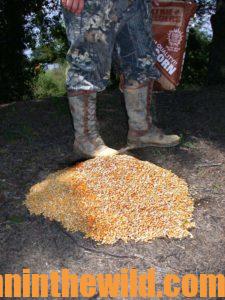 food doesn’t necessarily equal more protein. Many hunters believe feeding deer an abundance of corn will fatten these wild animals like it does cattle and swine.
food doesn’t necessarily equal more protein. Many hunters believe feeding deer an abundance of corn will fatten these wild animals like it does cattle and swine.
However, Woods emphasizes that, “If a deer eats 2 pounds of shelled corn, he’ll ingest about 7- to 9-percent protein. But if a deer eats 2 pounds of young alfalfa, it will ingest 36-percent protein.”
But, you’ll find increasing the crude protein level of the plants deer eat not the total answer. To produce the very-best deer food you can grow on your property, you need to know what amino acids combine to make the protein in the food deer eat. The bacteria in a deer’s gut  (rumen) will digest some amino acids, known as the building blocks of protein, but not all.
(rumen) will digest some amino acids, known as the building blocks of protein, but not all.
As Woods reports, “To obtain maximum digestibility, of body-building proteins, you have to select plants with protein that consists of highly-digestible amino acids.”
To learn more about hunting deer, check out John E. Phillips’ book, “How to Hunt and Take Big Buck Deer on Small Properties,” available in Kindle, print and Audible at http://amzn.to/1vIcj4m.
Tomorrow: How to Have the Most-Productive Food Plots

